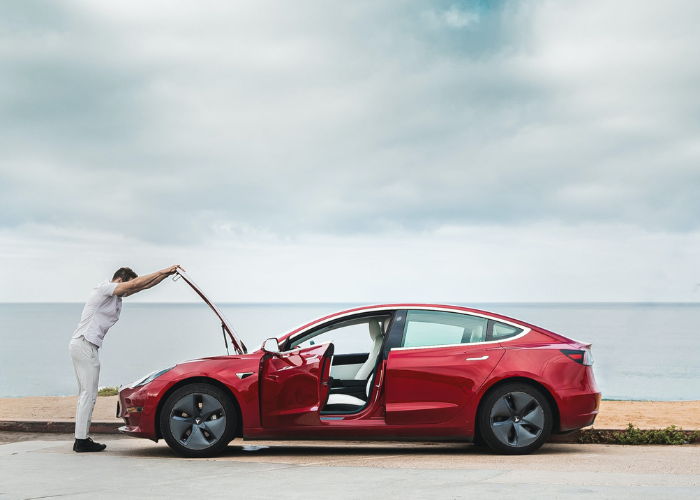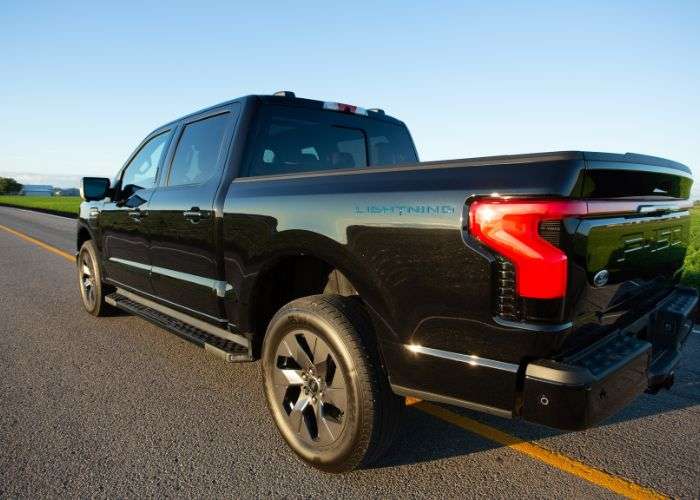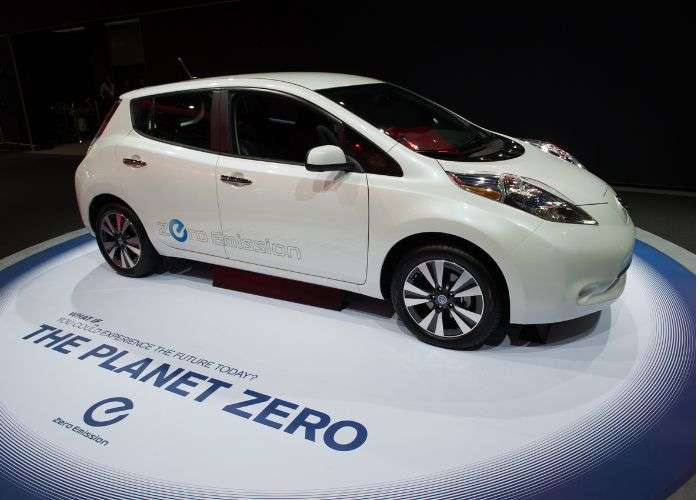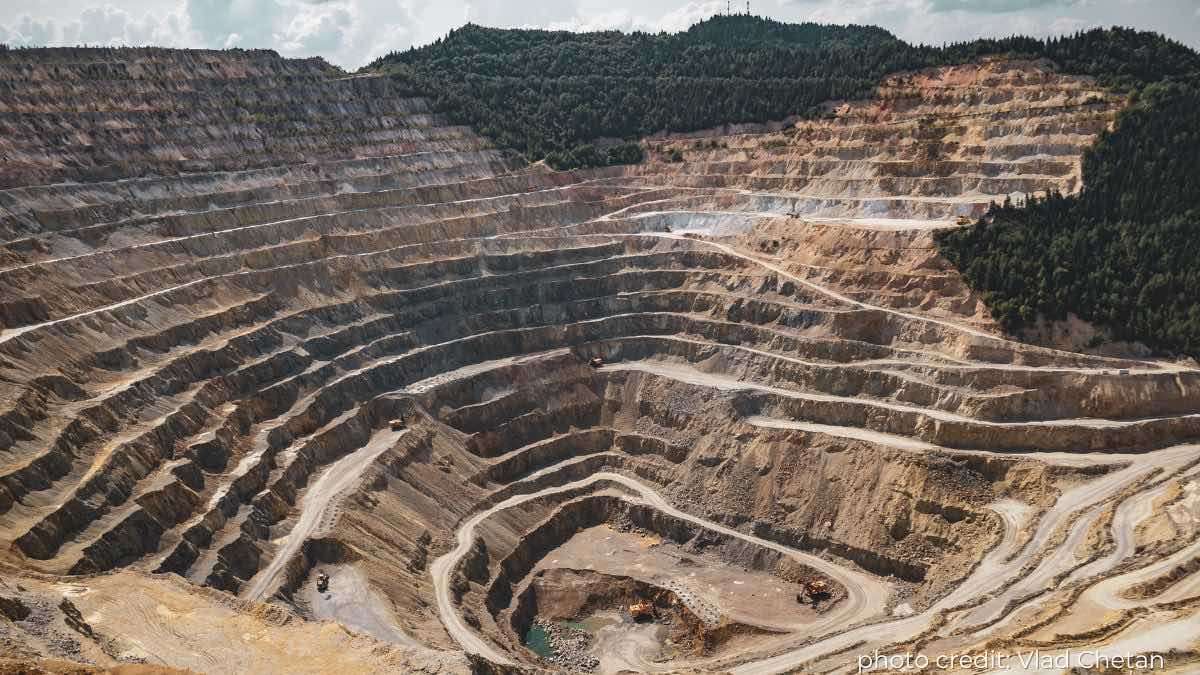In recent years, electric vehicle (EV) companies (we know who they are) have touted their commitment to "carbon-free" manufacturing, painting a picture of environmentally friendly production processes. However, a closer look reveals a stark contrast between their claims and the harsh reality of battery manufacturing. This article aims to shed light on the various aspects of EV production that contribute to carbon emissions, including toxic battery mining, transportation costs of raw materials, production of "green energy" sources, and reliance on diesel-powered transportation. By examining these key factors, we seek to expose the hidden truths behind the supposed carbon neutrality of the EV industry.
Toxic Battery Mining:
The production of EV batteries relies heavily on extracting minerals such as lithium, cobalt, and nickel. These minerals are often found in environmentally sensitive areas and are associated with severe ecological and human rights concerns. Mining operations can cause deforestation, water pollution, and displacement of local communities. The extraction process emits substantial carbon dioxide, undermining the "carbon-free" claim.
The positive side to this is that battery technology is evolving incredibly fast. New lithium-sulfur, graphene, and solid-state batteries are much better for the environment than their predecessors. However, it will also require carbon to mine these raw materials.
 Raw Material Transportation:
Raw Material Transportation:
The global supply chain for EV battery manufacturing involves transporting raw materials from various locations worldwide. The extensive transportation networks required to move these materials result in significant carbon emissions. Whether lithium from South America, cobalt from Africa, or nickel from Asia, the carbon footprint accumulates as materials traverse long distances via diesel-fueled semi-trucks, cargo ships, or trains.
Production of "Green Energy" Sources:
EV companies often highlight using renewable energy sources like solar and wind power to power their manufacturing facilities. While these sources are cleaner than fossil fuels, they are not without carbon footprint. The production and installation of solar panels and wind turbines require raw materials, including metals, plastics, and rare earth elements, contributing to carbon emissions during manufacturing.
Diesel-Powered Transportation:
Beyond the supply chain, the transportation of finished EVs also relies heavily on diesel-powered vehicles. Most cargo ships, trains, and semi-trucks used to transport vehicles globally run on diesel fuel. This transportation phase adds another layer of carbon emissions, undermining the claims of carbon neutrality associated with EV adoption.
 Carbon Footprint Offset:
Carbon Footprint Offset:
While it is true that EVs emit fewer carbon emissions during their operational phase compared to internal combustion engine vehicles, the carbon footprint analysis must consider the entire lifecycle of the vehicle. The emissions generated during manufacturing, battery production, and transportation should be considered. Studies show that it can take several years of driving an EV before the carbon emissions saved during the operational phase offset the emissions associated with production.
 Conclusion:
Conclusion:
As battery technology evolves and manufacturing processes improve, carbon emissions from EV production will likely decrease. However, EV companies' notion of "zero" carbon emissions is a misleading marketing claim. Toxic battery mining, transportation of raw materials, reliance on "green energy" sources with their carbon footprint, and the use of diesel-powered transportation collectively contribute to the environmental impact of EV manufacturing. Consumers and industry stakeholders must be aware of these complexities to make informed decisions about the true environmental implications of electric vehicle adoption.
Thank you for embarking on this journey with us. Together, let's continue exploring, discovering, and unlocking new horizons. Stay tuned for more captivating content to fuel your curiosity and inspire your imagination. We appreciate your readership and look forward to you joining us on our next adventure. Until then, keep dreaming, reading, and coming back for more!
A recent video tweet by a famous Tesla blogger from China claims that this new Tesla store in Chongqing, China, is the best in the world. The video of the store is going viral. The store, which is located in the Chongqing-JIEFANGBEI Starlight Plaza, features a 3D ground painting that combines the Tesla Gigafactory Shanghai and Chongqing landmarks.
Peter Neilson is an automotive consultant specializing in electric cars and hybrid battery technologies. He holds a Bachelor of Science in Automotive Service Technology from Weber State University. Peter can be reached on Linkedin and you can tweet him at The_hybrid_guy on Twitter. Find his page on Facebook at Certified Auto Consulting. Read more of Peter's stories at Toyota news coverage on Torque News. Search Toyota Prius Torque News for more in-depth Prius coverage from our reporter.





